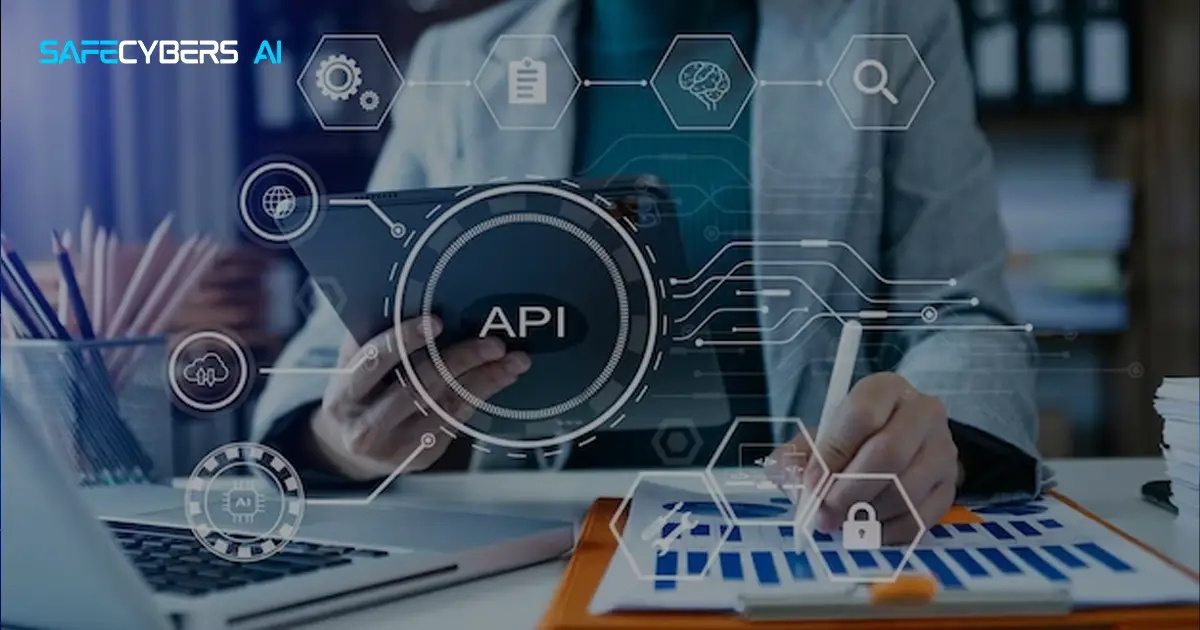
Blogs
Best Practices for API Security in 2024
Explore the latest best practices for API security in 2024 to ensure robust protection for your digital assets. Learn about key strategies and measures to safeguard your APIs against security threats and vulnerabilities.

Application Programming Interfaces (APIs) play an important role in connecting different software systems. As we step into 2024, the importance of securing these APIs cannot be overstated. This blog will explain the best practices for API security, focusing on key aspects such as API Security Testing, Cloud Security, Risk-Based Vulnerability Management, and API Pentesting.
What is API Security?
APIs serve as bridges between different software applications, allowing them to communicate and share information. Ensuring the security of these interfaces is vital to prevent unauthorized access, data breaches, and other cyber threats.
API Security Testing: The Foundation of Protection
API Security Testing is akin to a health check for your digital communication channels. Regular tests help identify vulnerabilities that could be exploited by cyber attackers. This practice involves examining how well your APIs resist potential threats, ensuring a robust defense against unauthorized access and data leaks.
Key Steps in API Security Testing:
-
Authentication and Authorization Checks: Ensuring only authorized users can access the API and perform specific actions.
-
Data Validation: Verifying the accuracy and integrity of data exchanged through the API.
-
Encryption: Implementing strong encryption mechanisms to protect data during transmission.
-
Rate Limiting: Preventing abuse by limiting the number of requests a user can make within a specific timeframe.
-
Cloud Security: Extending Protection to the Cloud
As businesses increasingly rely on cloud services, securing APIs within cloud environments becomes inevitable. Cloud Security involves safeguarding data, applications, and infrastructure hosted on cloud platforms. This is crucial because APIs often serve as gateways to cloud-based resources.
Essential Cloud Security Measures:
Identity and Access Management (IAM): Managing and controlling user access to cloud resources.
Data Encryption: Encrypting data at rest and in transit to protect it from unauthorized access.
Security Monitoring: Employing tools to monitor and detect suspicious activities within the cloud environment.
Regular Audits: Conducting regular audits to ensure compliance with security policies and standards.
Risk-Based Vulnerability Management: Prioritizing Security
Not all vulnerabilities are created equal.
Risk-Based Vulnerability Management (RBVM) is a strategic approach that involves identifying and addressing vulnerabilities based on their potential impact and likelihood of exploitation. This ensures that resources are allocated to fix the most critical issues first.
Steps in Risk-Based Vulnerability Management:
Vulnerability Assessment: Identifying and classifying vulnerabilities within the API.
Risk Assessment: Evaluating the potential impact and likelihood of exploitation for each vulnerability.
Prioritization: Focusing on fixing vulnerabilities with the highest risk first.
Continuous Monitoring: Regularly reassessing and updating priorities based on emerging threats.
API Pentesting: Simulating Competing Attacks
API Pentesting, short for API Penetration Testing, involves actively simulating cyber attacks to evaluate the effectiveness of API security measures. This hands-on approach helps identify vulnerabilities that may not be apparent through automated testing alone.
Key Components of API Pentesting:
Enumeration: Identifying all available APIs and their endpoints.
Authentication Bypass: Testing the resilience of authentication mechanisms.
Injection Attacks: Checking for vulnerabilities that could allow malicious code injection.
Data Exposure: Assessing the risk of sensitive data exposure through the API.
Why API Pentesting Matters:
Realistic Assessment: Simulating actual attack scenarios provides a realistic view of potential risks.
Comprehensive Results: Combining automated testing with manual examination ensures a thorough evaluation.
Proactive Defense: Identifying and addressing vulnerabilities before they can be exploited by malicious actors.
Conclusion
Prioritizing API security is not just a best practice but a necessity. API Security Testing, Cloud Security, Risk-Based Vulnerability Management, and API Pentesting collectively contribute to creating a robust defense against cyber threats. For that, trusting the best API Security services can bring out the best results.
By adopting these best practices, businesses can safeguard their digital assets, protect sensitive information, and build trust with users.